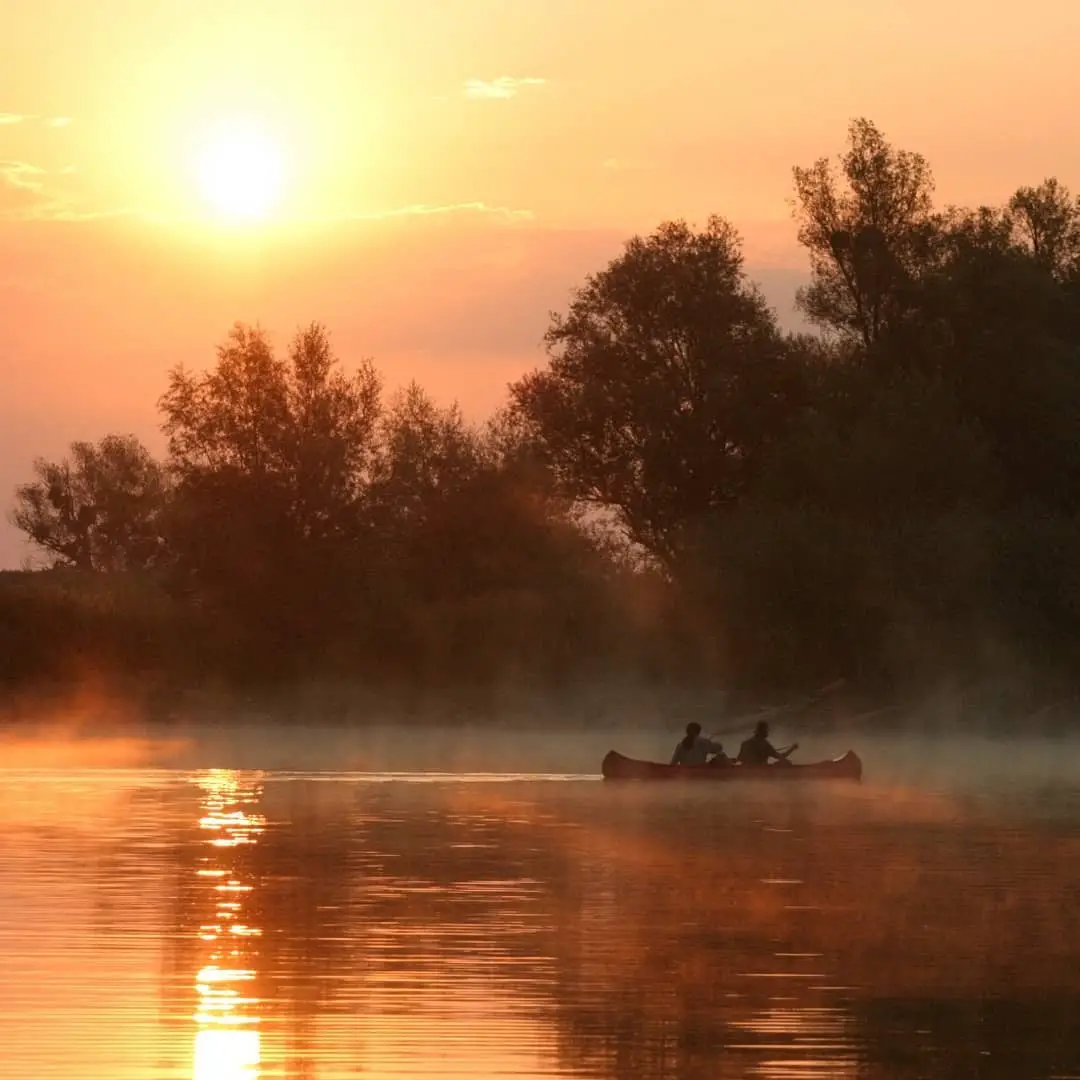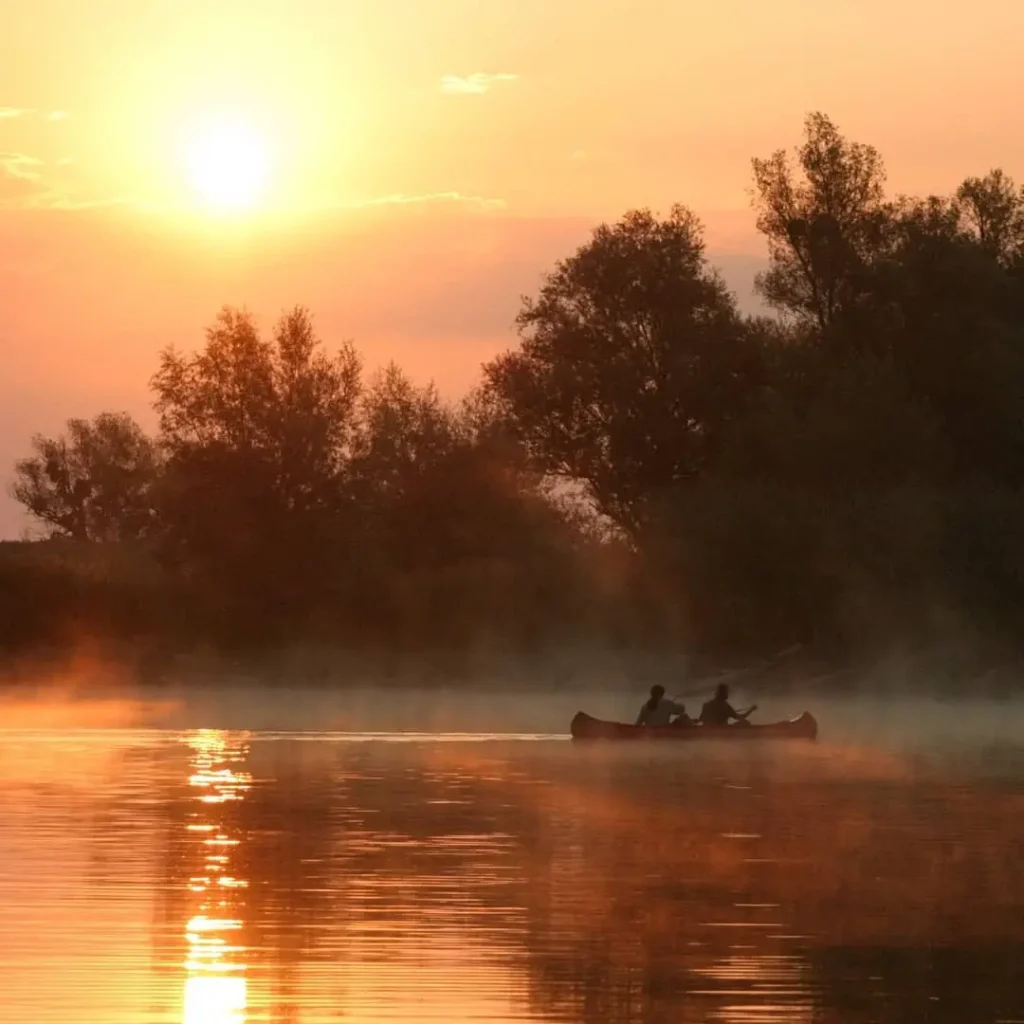
June 2, 2020 – The Croatian tourist board needs urgent reform. A detailed look at the problems… and a solution.
The Croatian Minister of Tourism Gari Cappelli called me a few days ago. I have never met or spoken to him (or Croatian National Tourist Board director, Kristjan Stanicic) since Minister Cappelli assumed the office back in 2016. The phone call was therefore quite a surprise, and we had a nice little chat, including an invitation to meet in his office. That meeting is scheduled to take place tomorrow.
It comes at a time when Croatian tourism is trying to get through this tough corona period. I have been vocally very critical of the tourism chiefs and their infrastructure – and I make no apology for that. Thanks largely to the interest and support of colleagues from Index.hr and also 24 Sata, direct and positive change has come as a result.
Given that I have been heavily involved in writing about and promoting tourism since 2011 (including winning the Marco Polo FIJET award for Best International Promotion of Croatia at the Croatian Journalists Association in 2014), I have been following Croatia’s tourism story in a lot more detail than even most Croatians.
There are some serious problems.
Problems which the corona strangling of the season have exposed a little more than might otherwise have been the case.
Problems which can be resolved.

It is very easy to laugh at those in the bloated tourism structure that Croatia has, and to accuse its directors of being lazy. While there is certainly an element of that, to do so would be a big disservice of the many tourist board directors in Croatia who do an excellent job. To see who some of them are, follow our new Virtual Croatia initiative, where we offered each local tourist board director the offer of a free article promoting all their digital tools in one place.
So far we have done Omis, Brela, Zagreb, Hvar, Opatija, Sinj, Klis, Rogoznica, Stari Grad and Trogir.
We have received online material from the following destinations and will get these articles done in the coming weeks (apologies for the delay, things have been a little busy at TCN) – Brac (all 8 TZs together), Inland Dalmatia (together), Dubrovnik, Split, Vukovar, Metkovic, Marina, Varazdin, Pag, Lumbarda, Bilje, Solta, Skradin, Pasman, Ivanic Grad, Viskovo, Zminj, Grebascice, Sredisnja Podravina, Zlarin, Koprovnica, Konavle, Ploce, Jezera, Ivanic Grad, Zminj, Viskovo and Pasman.
One of the main problems with Croatian tourism – and the one I want to focus on here (and fix) is its structure, as well as its mindset.
There are three main bodies in the official Croatian tourism structure: The Ministry of Tourism, the Croatian National Tourist Board, and the Tourism Department at the Croatian Chamber of Economy. I have never been able to figure out what the Tourism Department of the Croatian Chamber of Economy actually does all day, and as we explored a few years ago, the same goes for the Croatian Chamber of Economy in general – published in 2017,
Welcome to Uhljebistan: the Croatian Chamber of Economy, Beyond Useless.
The Ministry of Tourism does its work and the Croatian National Tourist Board does its (promoting tourism). They don’t seem to have jurisdiction over each other, and relations between the two bodies are sometimes warm, sometimes less so. At least in my experience. I have lost count at the number of times the ministry will tell me that I have to contact the tourist board for that information, as it is not their job.
And so it starts.
In a normal country focused on a service industry, I would not be sent to the next person, I would be told to hold while they got the information. A quick phone call to the tourist board and then I get my answer with a smile.
Croatian institutions do not work like that.
The tourist board structure enters every part of the country, whether there is tourism or not. There is a regional tourist board for all 20 regions, and 319 local tourist boards, the majority of whom have well-paid full-time directors 12 months a year, even though most of the tourists only come in the summer.
There is an incredibly important exception to this arrangement, and one which gives me huge hope for change –
Sucuraj on the island of Hvar. It is really worth reading (if this topic interests you), not only due to the rationale, but also the legal process. Some important highlights from the TCN interview with the Mayor of Sucuraj:
By switching to the e-Visitor system, where renters enter information independently, the need for a year-round office is questionable, just for someone to have a salary in a small Tourism Board doing a job that amounts to two hours of administrative work per month, all while there are insufficient funds for any major project which needs to be done and monitored.
Considering the financial situation of Sucuraj Tourist Board, which operates in the area of Sucuraj Municipality, where the limited income is mainly related to private accommodation and we have an active car camp, we cannot make more than 185.000,00 kn due to the payment of the sojourn tax, which is the only income of the Tourist Board.
It ultimately means that during the year built-in expenses — the director’s salary — eats up most of the Tourism Board’s revenue, so there is no funding for further investment. The director has to work seasonally in the summer so that the Office and info desks work 14 hours. Therefore, most of the proceeds go to salaries and there’s only enough left over for five to six smaller events, where the Tourist Board co-finances the events of the Associations in the Sucuraj Municipality.
One would assume that the 319 local tourist board are part of the national tourist board structure in Croatia, but actually they are all controlled by the Mayors of the destination, and the Mayor is the de facto President of the Tourist Board. This means that, as with most official positions in Croatia, there is a large amount of nepotism and party politics. Traditionally, the position of director has been a thank you from the ruling party for delivering enough votes, or sometimes the Mayor and President rewards his girlfriend or mistress with the position. Tourism qualifications to do the job rarely came into the equation.
As with nepotism with jobs, in many cases, the local tourism budget is also available to reward their own. Certain projects and events got funding (thank you for your votes) and certain ones didn’t (try again at the next election). As a naive apolitical fat foreign blogger trying to get Total Hvar off the ground back in 2011, I couldn’t understand why the local tourist boards did not want to support the project.
“You need to join a political party,” a local friend told me over a beer.
How right he was, as I subsequently learned as I got more acquainted with the realities of life in The Beautiful Croatia.
Until recently, local tourist boards had the following main functions and duties:
1. To register guests. This is now done online with eVisitor, and so a massive part of the job no longer exists.
2. To educate owners of rental apartments on the rules, regulations and requirements. The sad thing is that the many local tourist boards don’t seem to understand the rules. But there is a much more efficient way of doing this expertly and clearly. It is called video. Webinars. One expert from the head office who can give one consistent message (many thanks to my wife, who worked as a director to cover a maternity a few years ago, for her insights into this issue). So have the webinars, and then have a call centre in somewhere like Vukovar (we are always saying how we want the east to rise, so why not create some jobs?) with three smart and talented people who can answer all questions by phone and email, while having a hotline to the person who makes up the rules, so that there is a clear line of communication.
3. To give out information. The number of local tourist board websites which are not even in English is embarrassing. There is no unified logo or message, just every destination for itself. People would also prefer to be able to get their information from their phone sitting in a cafe rather than queuing up at a tourist office. And today, we have something called technology.
One of the great revelations of this year for me happened two weeks ago. I went to the Slovenian border with PR legend Kreso Macan (until recently he was Director of Communications for Prime Minister Andrej Plenkovic) to see what the story was on the ground.
It was a really fascinating morning.
On the way back I asked why we didn’t have a Viber resource for travel info like the excellent koronavirus.hr viber group which is followed by half a million people and gives great updates.
“Why don’t we make one?” he replied.
Macan is a beast to work with at times, but he gets results. He had a vision of how to get things done, and things at times were far from pleasant for interns Ivan and Jakov and myself, but in just a few days, he had what he wanted – a superb daily travel update which is now pretty automatic linking to everything (as well as CNN and others linking to it), that takes 3 minutes a day to update. I am really proud of the guys and what we achieved with this.
You can bookmark the update here.
Can’t find the answers to your questions? Join the
Total Croatia Travel INFO Viber community (you will need to download the app) and ask your question. In any language. Questions are being answered in real time. In Hungarian thanks to the cool Viber translate feature. And the community is posting its own real life border crossing experiences. It is a fantastic resource.
We started answering the questions in the Viber community, and we worked really hard to fine-tune that master travel update. It took 10% of my day, perhaps 20% of Macan’s and perhaps 30% of our two hero interns. And now we have a product that can answer pretty much anything (or send people to the right place to ask if we do not know).
And we got some amazing feedback. People were waiting 5 days, 8 days, 9 days and no response to their tourist enquiries from the official email address. So they booked holidays to Spain and Greece instead. With all those 319 tourist boards, 20 regional tourist boards, national tourist board, ministry of tourism and those chaps over at the Chamber of Economy, there was nobody left to answer the questions of the people who contribute 20% of Croatia’s GDP. – the tourists.
And yet Macan, two interns and I could do it while doing 3 million other things simultaneously.
I met the fabulous guys from CroAI yesterday. They have invited me to speak at an event this week alongside the Israeli Ambassador, Minister of Public Administration and the President of CroAI – little old me who had to ask one of the interns to help me download Viber to my desktop. I am sure I will be a train wreck.
We talked about our Viber community.
“Do you know how simple it would be to have that running 24/7 with chatbots in those 24 languages?”
Uff.
We talked.
“And so I have written about 10,000 articles about Hvar in the last 10 years. If I emptied my head of info into your machine, could you create a Hvar guide in 24 languages, available 24/7 without me having to answer a question again?”
“Of course.”
“And then to take it one step further, then with the right partners and some investors, I could then create my own national tourist board structure, powered by the community, with our own brand and marketing strategy, promoted through TCN. How cool would that be?”
Shall we try? I have a concept in my head which I will put onto paper in the next week. Anyone who is interesting in joining or supporting the information, please email
[email protected] Subject Croatia 2.0 Tourism.
4. So the local tourist boards no longer need to register guests, help private owners with rental regulations, or give out tourist information. But they are also responsible for events, which is how the cousins get their payback. We will still need a tourist board presence (at least in the areas where there are actually tourists, but only in the months when they come), but if we take the planning and budget out of the mayor’s control, that is one less bit of public money that can be used for cronyism.
Some local tourist board directors agree with me, some are angry at me. One told me recently that that is just how Croatia is – the law needs to change before we can change the system.
And I agree. And the solution is very, very simple.
Pass a bill through Parliament which abolishes the Croatian National Tourist Board and all the regional and local ones. Pass a bill which abolishes the Ministry of Tourism. Pass a bill which abolishes (preferably the entire) Croatian Chamber of Economy.
And start again.
Build a structure for the future. A digital solution to meet the needs of the modern traveller. Get the CroAI guys involved to build a modern tourism platform which will reflect the image Croatia needs to build on with its untapped strengths. Safety and LIfestyle, never more so than in the current times.
Croatia has an AMAZING future if we can put this cronyism to bed, and corona has actually put it in a stronger position than before. Here is my vision for the future of Croatian tourism –
it is called CROMADS.
If you would like to participate in CROMADS and Croatia 2.0, send me an email to
[email protected] Subject Croatia 2.0. I am putting together a database of beautiful minds, and I think together we can create something rather fun.
Let’s see what our Minister of Tourism thinks about CROMADS when we meet tomorrow.
Subscribe to our newsletter
the fields marked with
* are required










